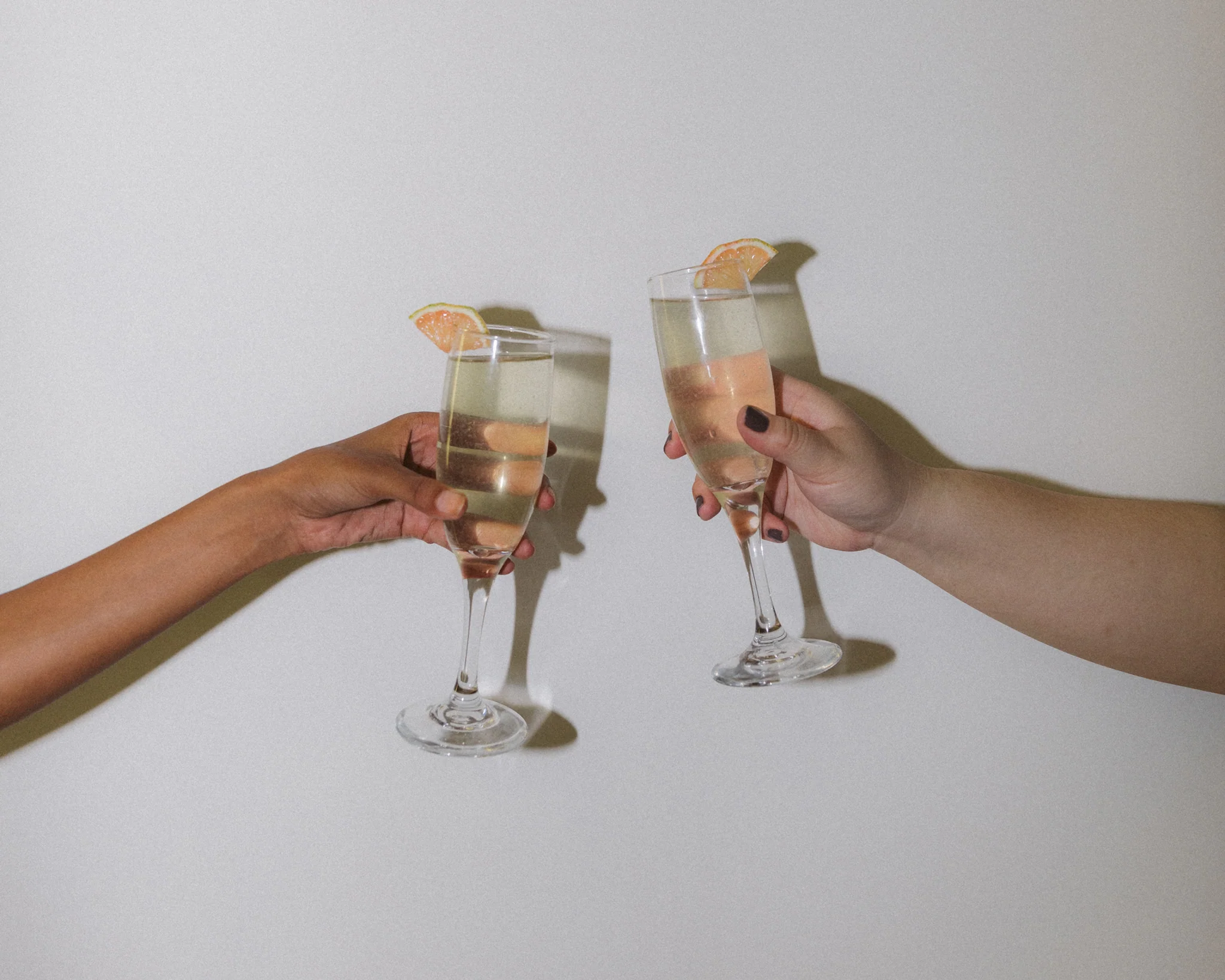Gin and tonic, hard seltzer, champagne; here at AMASS, we love an effervescent drink. But within the world of carbonation, countless types of bubbles abound. Here's the science behind the bubbles, explained.
Put simply, carbonation is what happens when carbon dioxide is added to liquid. This can happen manually by forcefully dissolving CO2 in water, as is often done in mass-produced sparkling waters and sodas. Or, it can occur naturally.
Certain mineral springs around the world produce naturally-carbonated water. In Soda Springs, Idaho, there are thousands of these carbonated springs, which have arisen thanks to past volcanic activity in the region. The residual geothermal activity hundreds of feet below ground heats water and mixes in carbon dioxide, resulting in naturally carbonated water.
Another form of natural carbonation can be achieved through the process of fermentation, as is sometimes the case with alcohol, like beer, champagne, and even kombucha. For kombucha, this happens during secondary fermentation when the kombucha is flavored, bottled, and left to ferment for longer. As it sits, the bacteria in the kombucha is reactivated by the sugars in the flavoring, causing it to release gas for a slightly fizzy drink.
Across all these bubbly beverages, carbonation levels vary somewhat dramatically. Soda is more carbonated than beer, seltzer and mineral waters are on par with soda, and champagne is as bubbly as they come, with roughly 1.5 times as much carbonation as an average soda. Despite all this variance, each of these beverages has one thing in common: they all are made up of thousands of bubbles. What distinguishes one bubble from the next though? Usually, it's the size.
Think about your favorite tonic water. While some prefer the harsh carbonation of a traditional soda, others opt for brands like Fever Tree, which has small champagne bubbles that create a softer mouthfeel. This distinction between bubble size is a key factor in the experience of a beverage, but there are other variables to consider when it comes to effervescent drinks.

One of those variables is the water itself. Some waters are hard, some are soft, and the taste difference is palpable. For instance, BallyGowan, our Co-Founder and Master Distiller Morgan McLachlan's favorite still mineral water that hails from Northern Ireland, is incredibly soft due to the limestone in the terrain. Meanwhile, Vichy Catalan, a Spanish mineral water that's another one of Morgan's faves, has such a high total dissolved solids content that some people actually feel stimulated by it. It's also incredibly salty; one liter of the stuff has a whopping one gram of sodium.
And that's another important factor when it comes to your favorite sparkling waters: salinity. Club soda has some salt added, which is a big reason why bartenders love it so much. A splash of soda in your Tom Collins does more than just refresh; the salt content adds necessary balance, offsetting the sweetness of simple syrup and the bracing acidity of a heavy squeeze of lemon. It's the same reason why flaky Maldon salt is so delicious on top of a freshly baked chocolate chip cookie, or why a margarita with a heavily salted rim is irresistible. Is it any wonder why salt + water + bubbles is a winning combo?
Now that you're sufficiently parched, enjoy some tongue-tingling cocktails, like a Negroni Royale made with a splash of sparkling wine and a Malibu Mule featuring our Botanic Hard Seltzer.
